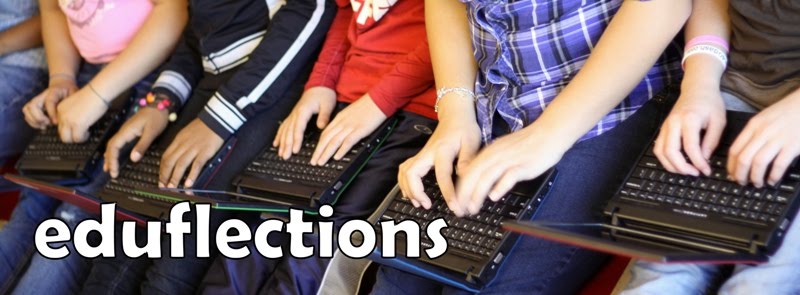 Lit2Go knew his power. He has hundreds of pieces of literature to share with the world. They are in print and MP3 and he can find what anyone needs whether by author, title, reading level, or subject matter. If those don't work, he also has the power to search by keyword. He's confident in his abilities to put quality literature into the hands of every student.
Lit2Go knew his power. He has hundreds of pieces of literature to share with the world. They are in print and MP3 and he can find what anyone needs whether by author, title, reading level, or subject matter. If those don't work, he also has the power to search by keyword. He's confident in his abilities to put quality literature into the hands of every student.The students excitedly put Lit2Go to good use and found examples of 71 different fables to read, listen to and discuss with their partners.But where would these students put their new-found knowledge? That's when Lit2Go remembered his friend who had come into the classroom with him. He looked around and saw Lino-it waiting patiently for her turn.
Lit2Go called, "Hey, Lino-it! These kids need you. They have all of these new discoveries about writing in the fable genre, but they have nowhere to put all of this new knowledge. Can you help them?"
"You know, I'm the master of organizing important things. They can put post-it notes on me and I'll help them collaboratively build a wall that they can use day after day while they are writing," Lino-it confidently replied.

Together Lit2Go and Lino-it worked to help these fifth graders become experts at analyzing and creating fables of their own.The students loved that they had a plethora of fables to read and learn from. They were thrilled about how they could individualize the look and organization of their post-its on Lino-it, building their own tool to help them create fables for their collaborative fable anthology project.
At the end of class, Lit2Go and Lino-it gave each other a high-five, "Smack!" They knew that they had done their job and supported the learning and discovery of an amazing group of fifth grade students. These students were now fable-writing experts thanks to their support. They look forward to teaming up again whenever the need arises.They wave "good-bye" to the class as they set out in search of another class that may need their support.
The moral of this story is that powerful student learning is enhanced by quality tools like Lit2Go and Lino-it....so choose wisely.
(PS My students..who have discovered this blog...may point out that I missed a few of the characteristics that they discovered about fable writing in my little fable here. That's fine with me...they are the experts now.)
